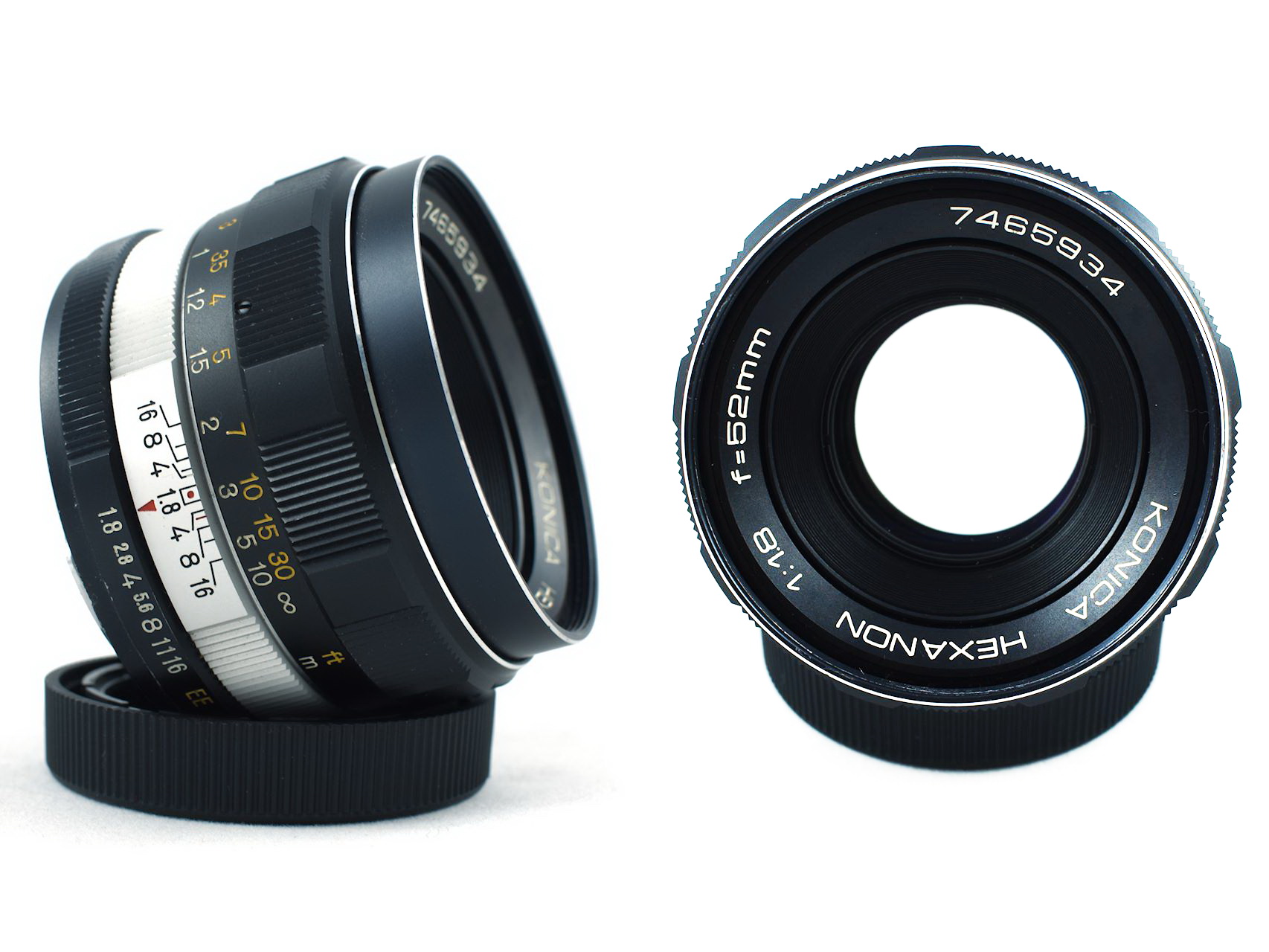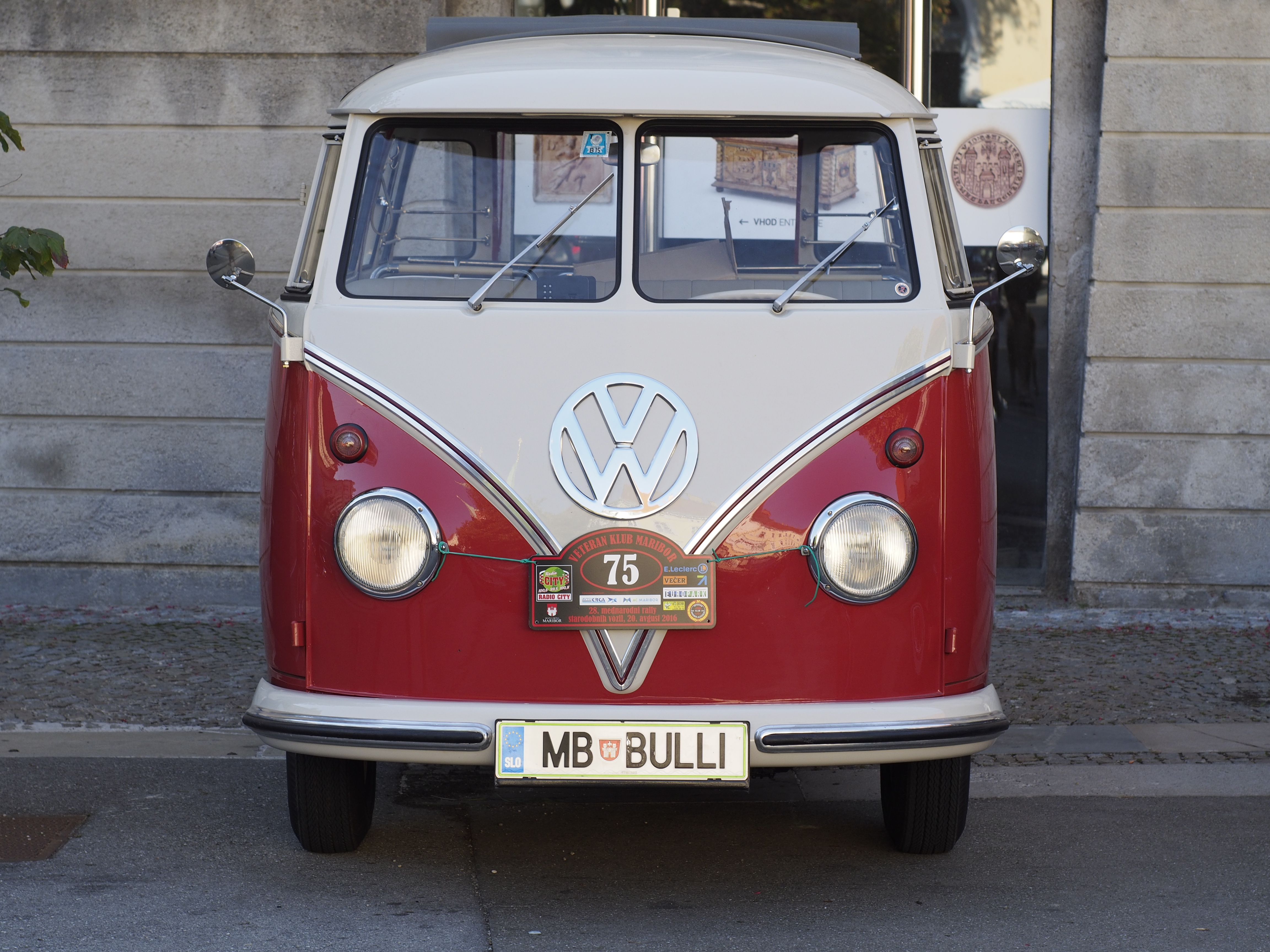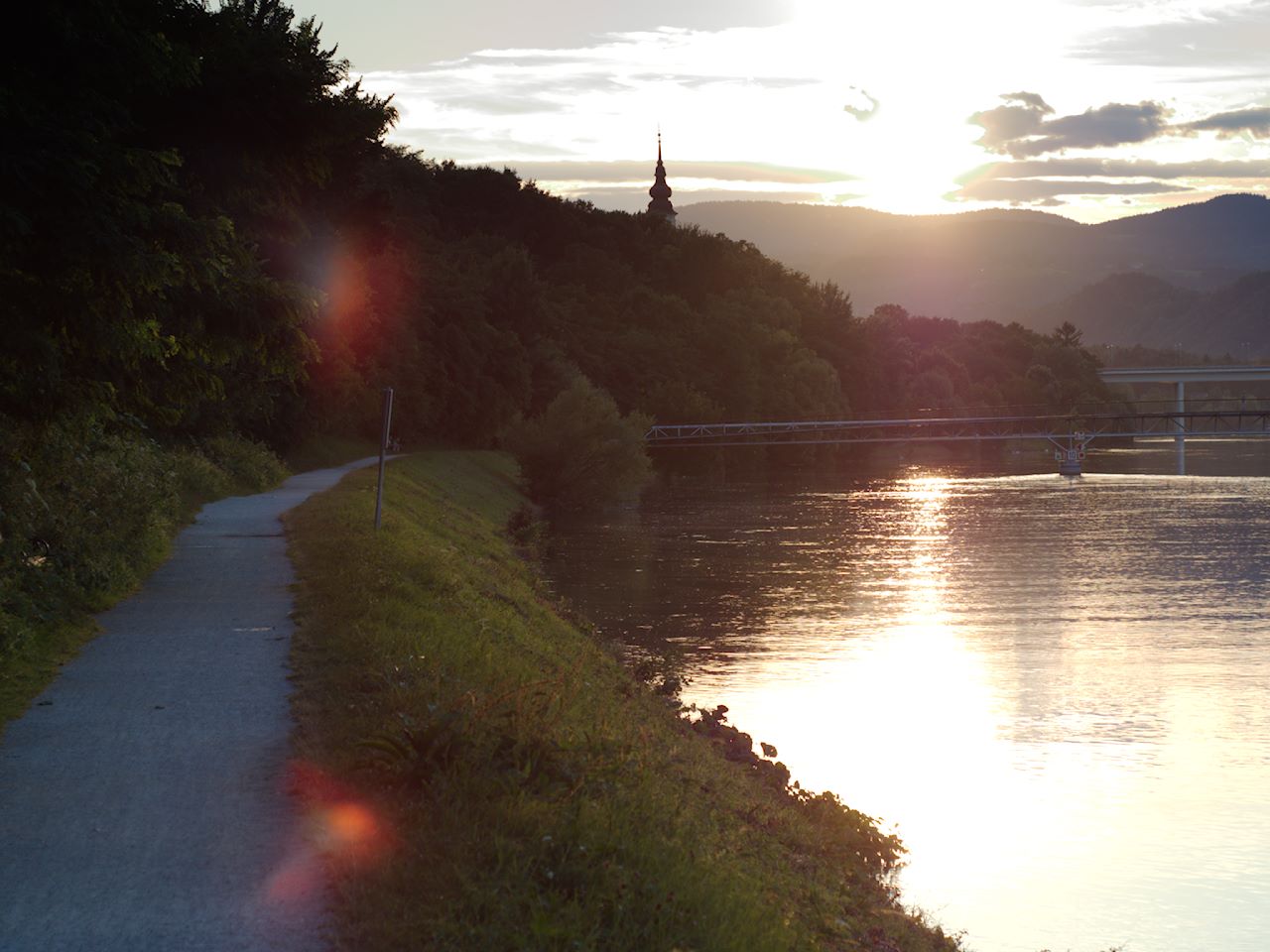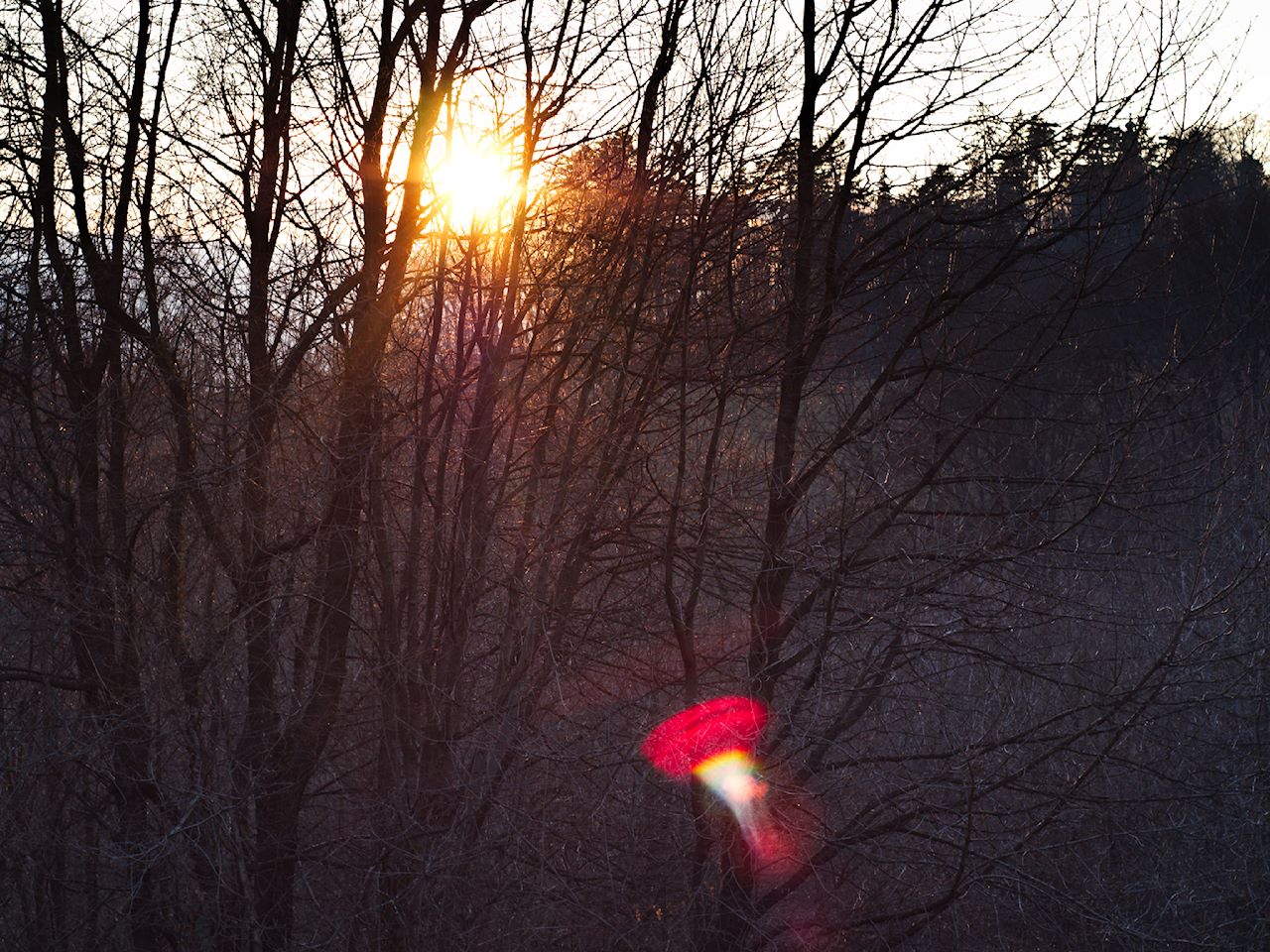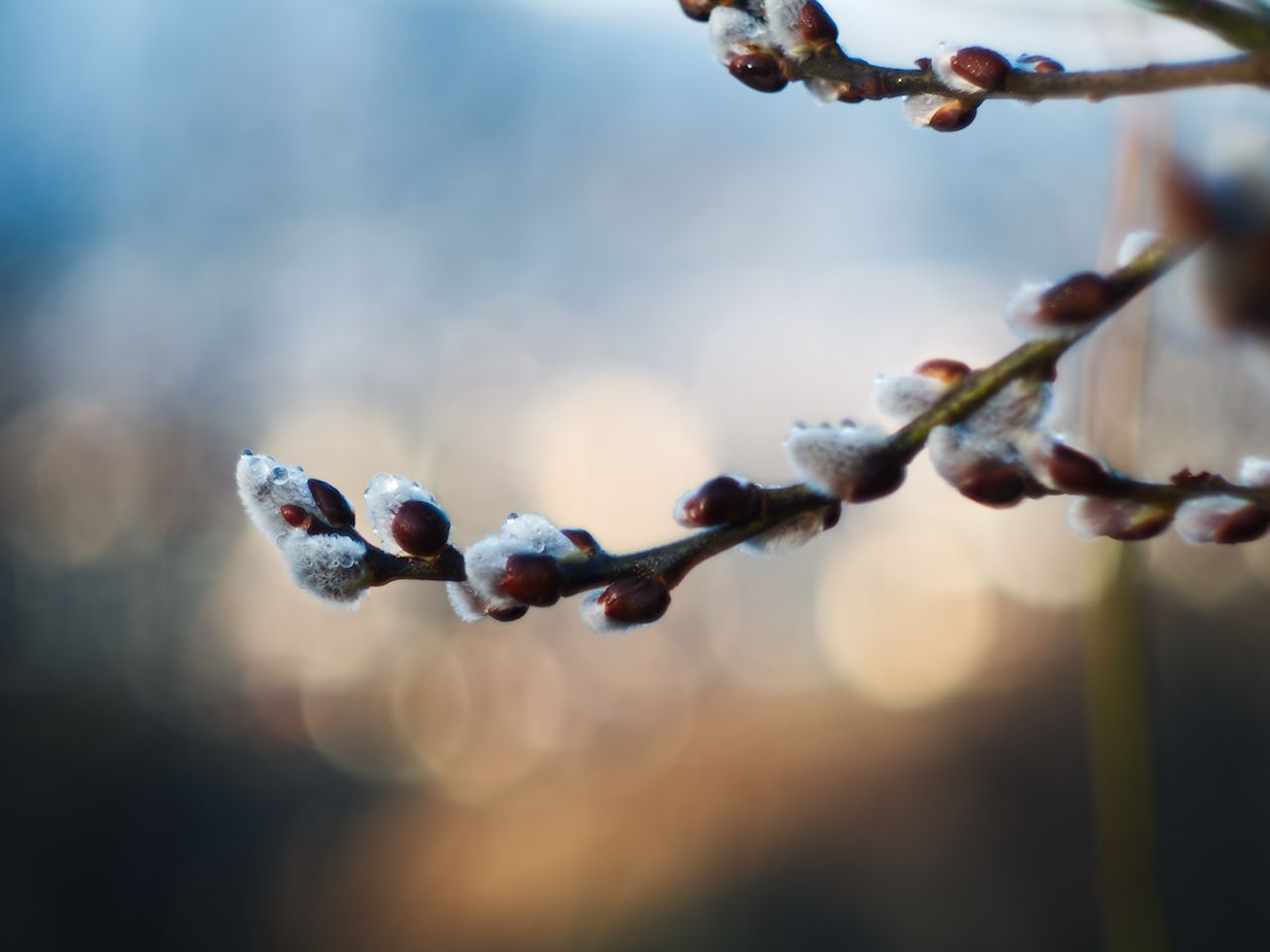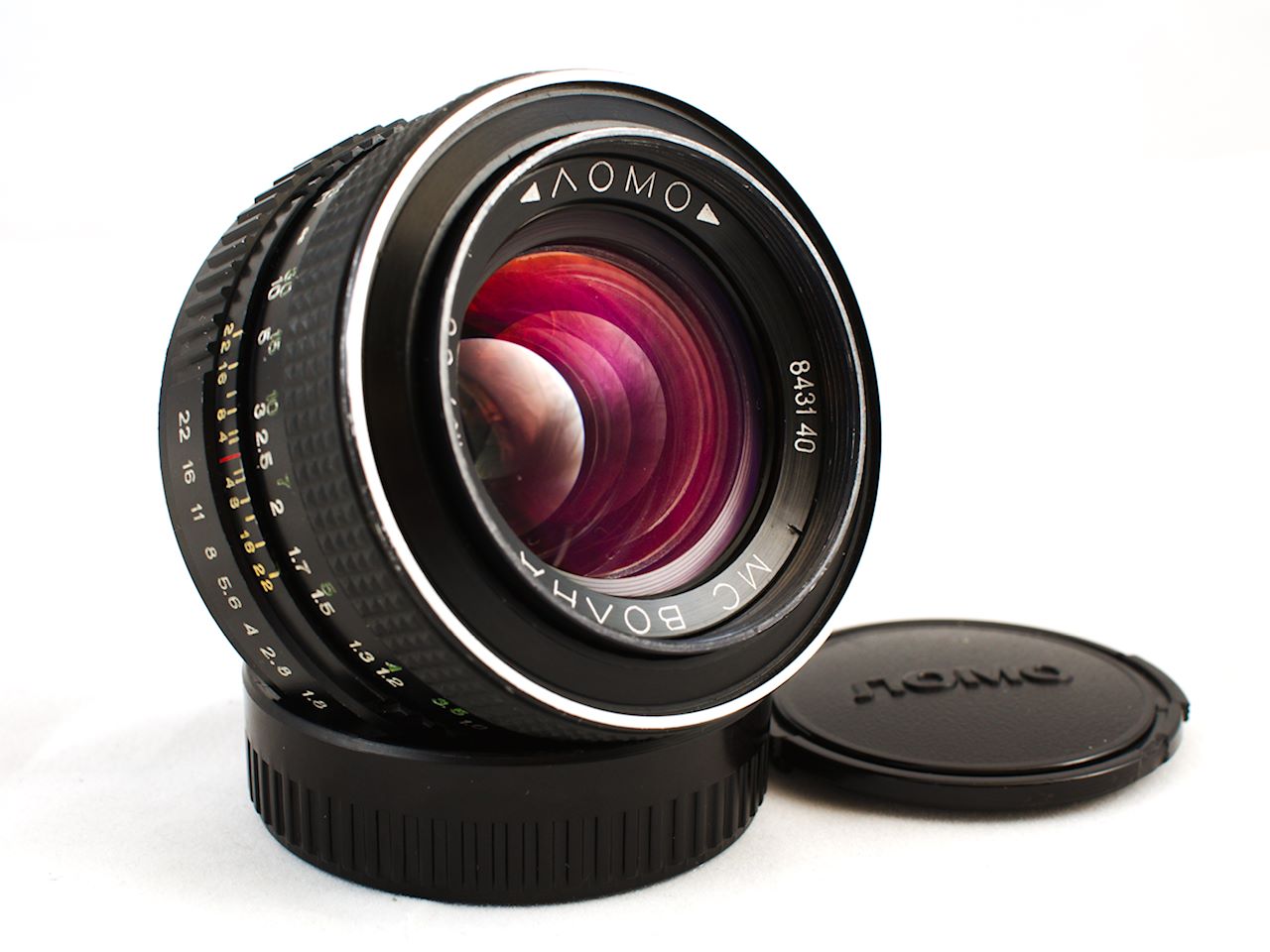 Lomo MC Volna 50mm f1.8 is somewhat rare Russian Pentax K mount lens. This affects the value for money a bit. It was a kit lens for the Almaz-103 professional camera. The camera was produced from 1973 to late 80s. Russians made only around 9500 copies of the camera and even fewer copies of this lens. Almaz (Diamond) cameras were excellent cameras and they generally supplied good lenses. Lomo MC Volna 50mm f1.8 is no exception.
Lomo MC Volna 50mm f1.8 is somewhat rare Russian Pentax K mount lens. This affects the value for money a bit. It was a kit lens for the Almaz-103 professional camera. The camera was produced from 1973 to late 80s. Russians made only around 9500 copies of the camera and even fewer copies of this lens. Almaz (Diamond) cameras were excellent cameras and they generally supplied good lenses. Lomo MC Volna 50mm f1.8 is no exception. The lens is very well constructed with an all metallic design and polished look. It feels like a tank although it's not so bulky. This lens has a depth of 46mm and it weighs 253g. It's still not too heavy for a walk-around lens but it's on the heavy side for my taste.
Focusing is manual with the focus ring located in the front of the lens. Focus ring turns for about 270° what makes focusing precise and enjoyable. The rubberized part of the focusing ring is 9 mm wide and provides a firm grip. The minimum focusing distance is 45cm. Unfortunately, my beat-up copy of this lens is not mechanically flawless and it suffers from some focus skipping near infinity. It's still usable but it takes some extra time to achieve accurate focus.
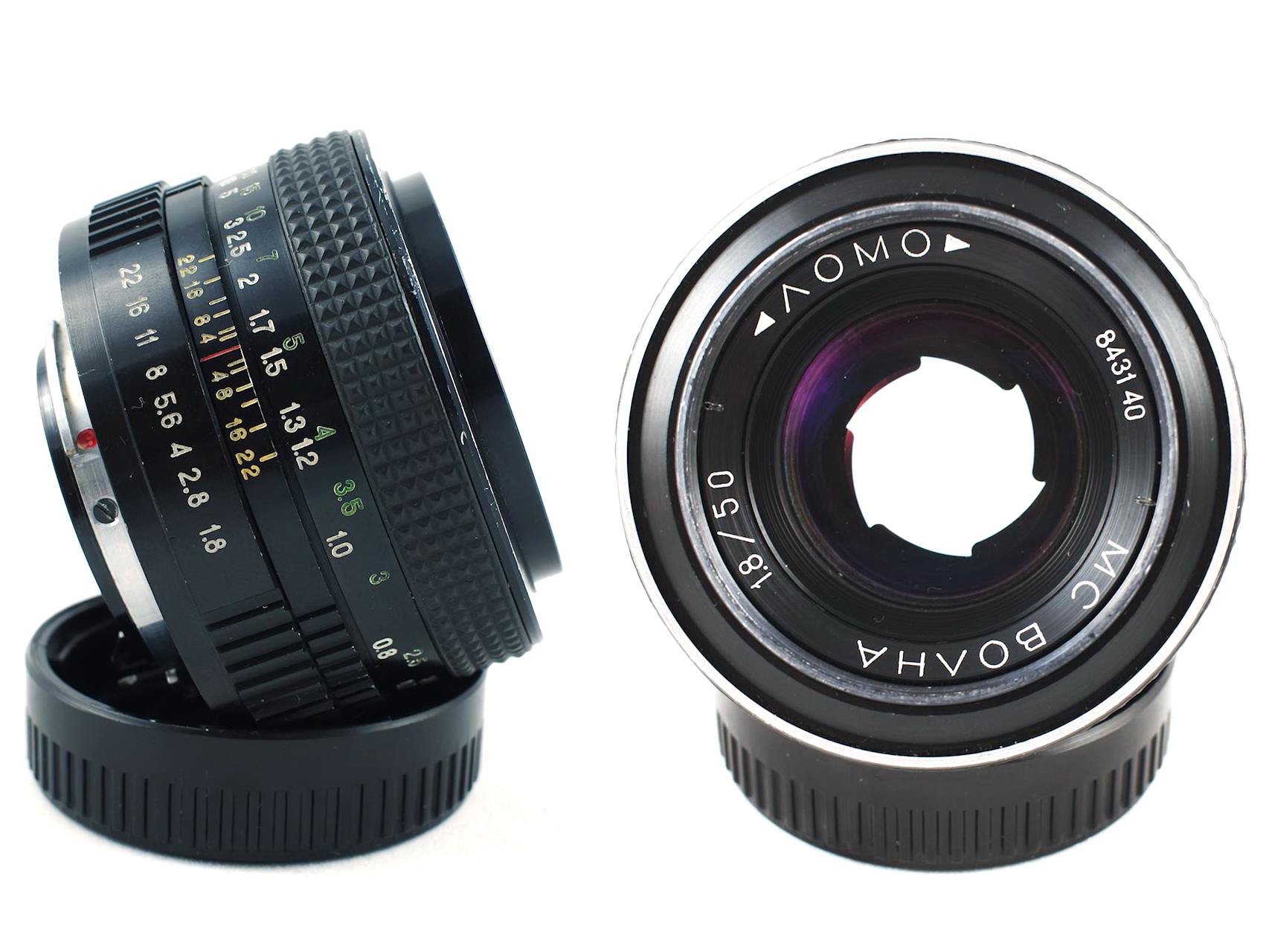 (C)Robert Deep
(C)Robert DeepAperture ranges from F1.8 to F22 with half stops in between. Moving between aperture settings is accompanied with soft clicks. The metal aperture ring has nice corrugation which totally eliminates slipping. Iris diaphragm has 6 blades forming hexagon shape from F4 onward. From F2.4 to F4 blade petals form so-called wave shape (check the picture above). My copy has some oil stains on blade petals and is working properly only down to F11. It usually stucks between F11 and F16.
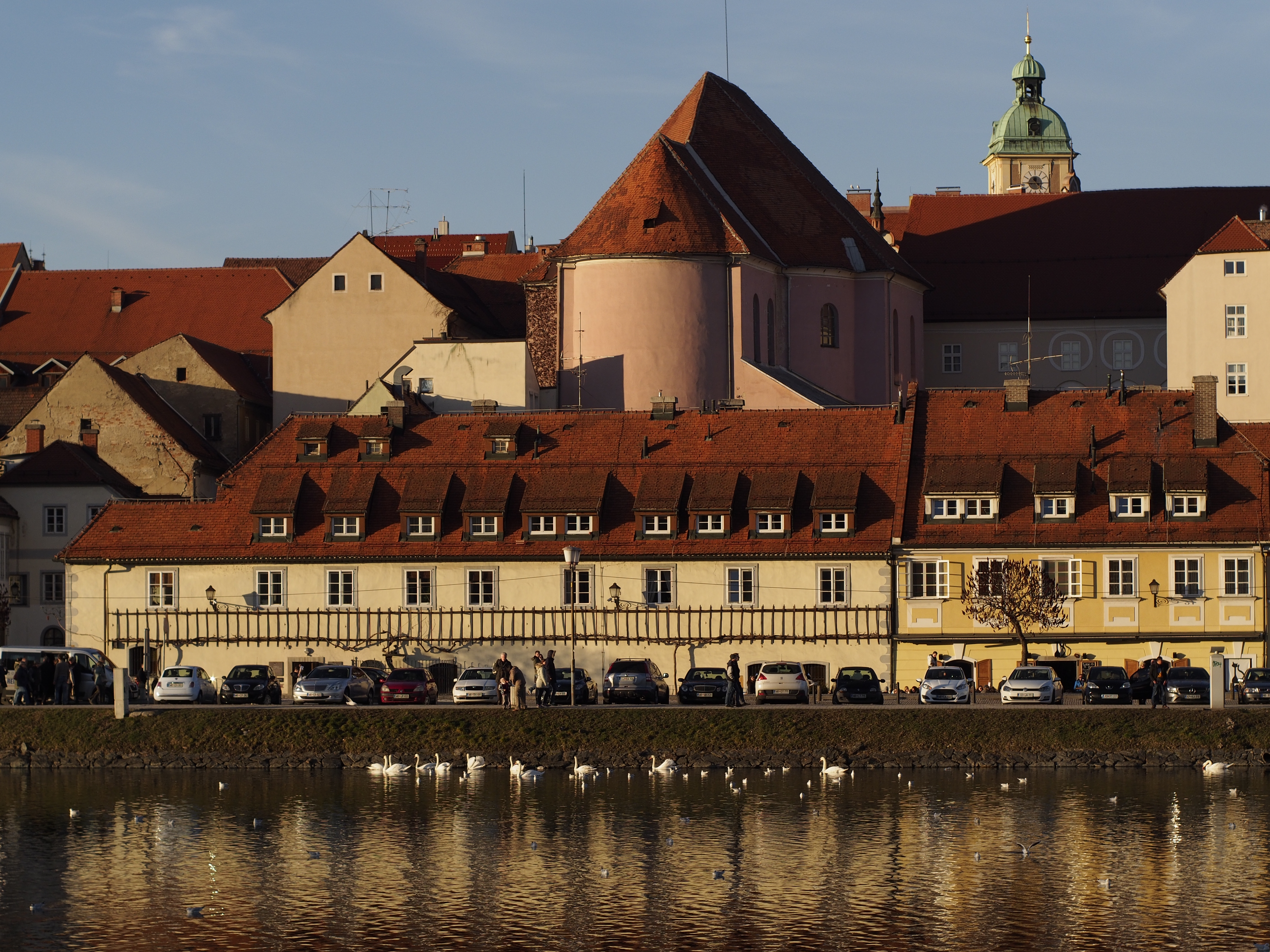 (C)Robert Deep
(C)Robert Deep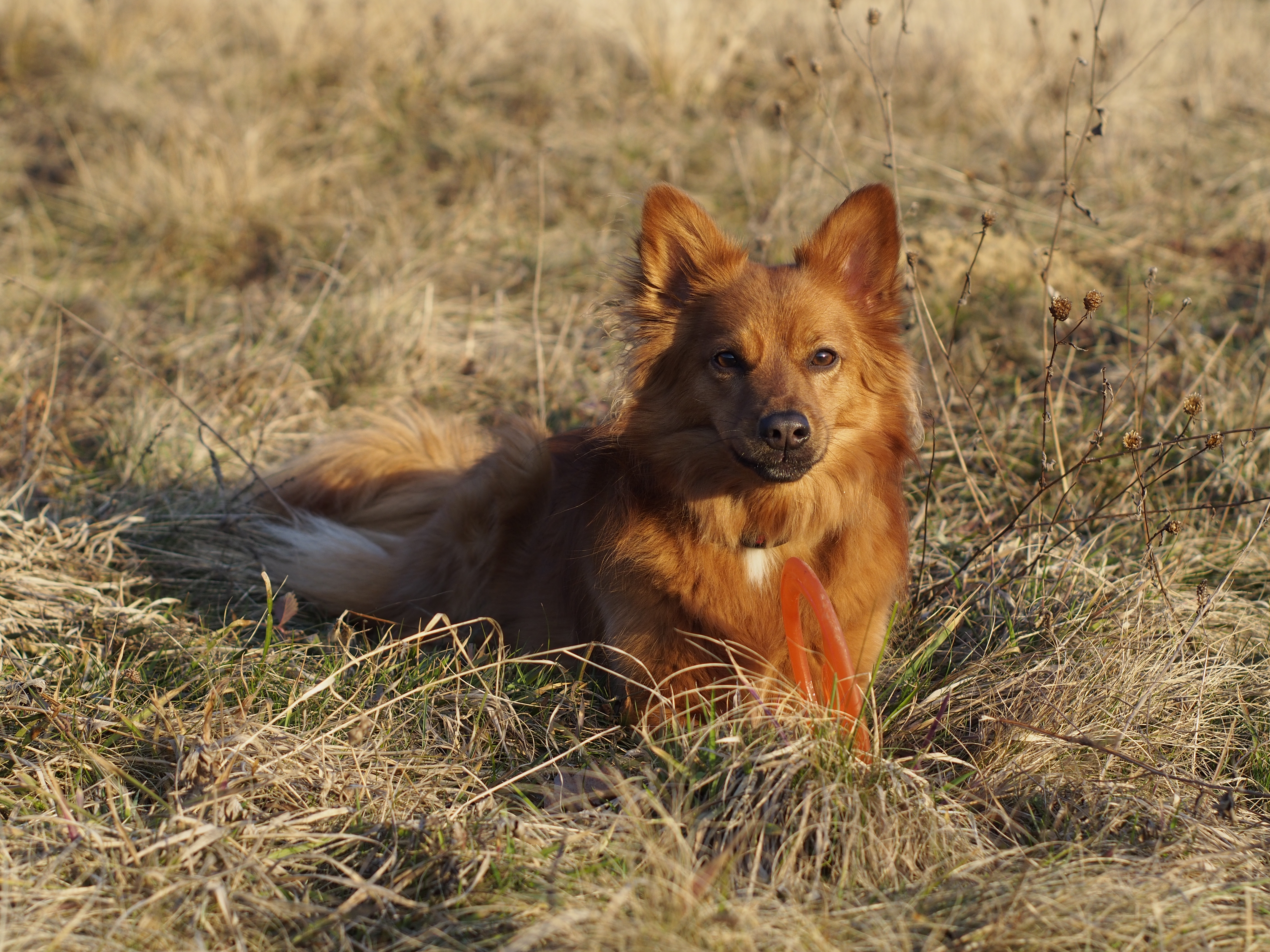 (C)Robert Deep
(C)Robert DeepLomo MC Volna has a good multi-coating with a distinctive red glow. Optical design features 6 elements in 5 groups (Ultron design) and is similar to Zenitar-M 50mm f1.7 lens. The official resolution should be 45/27 lpmm. In other words... it's quite sharp for an old lens. Close distance shots at f1.8 may be little soft while far distant ones are showing better sharpness. You have to put a lot of love in close focusing at f1.8 - DOF is extremely shallow. It gets easier when you move away from the subject.
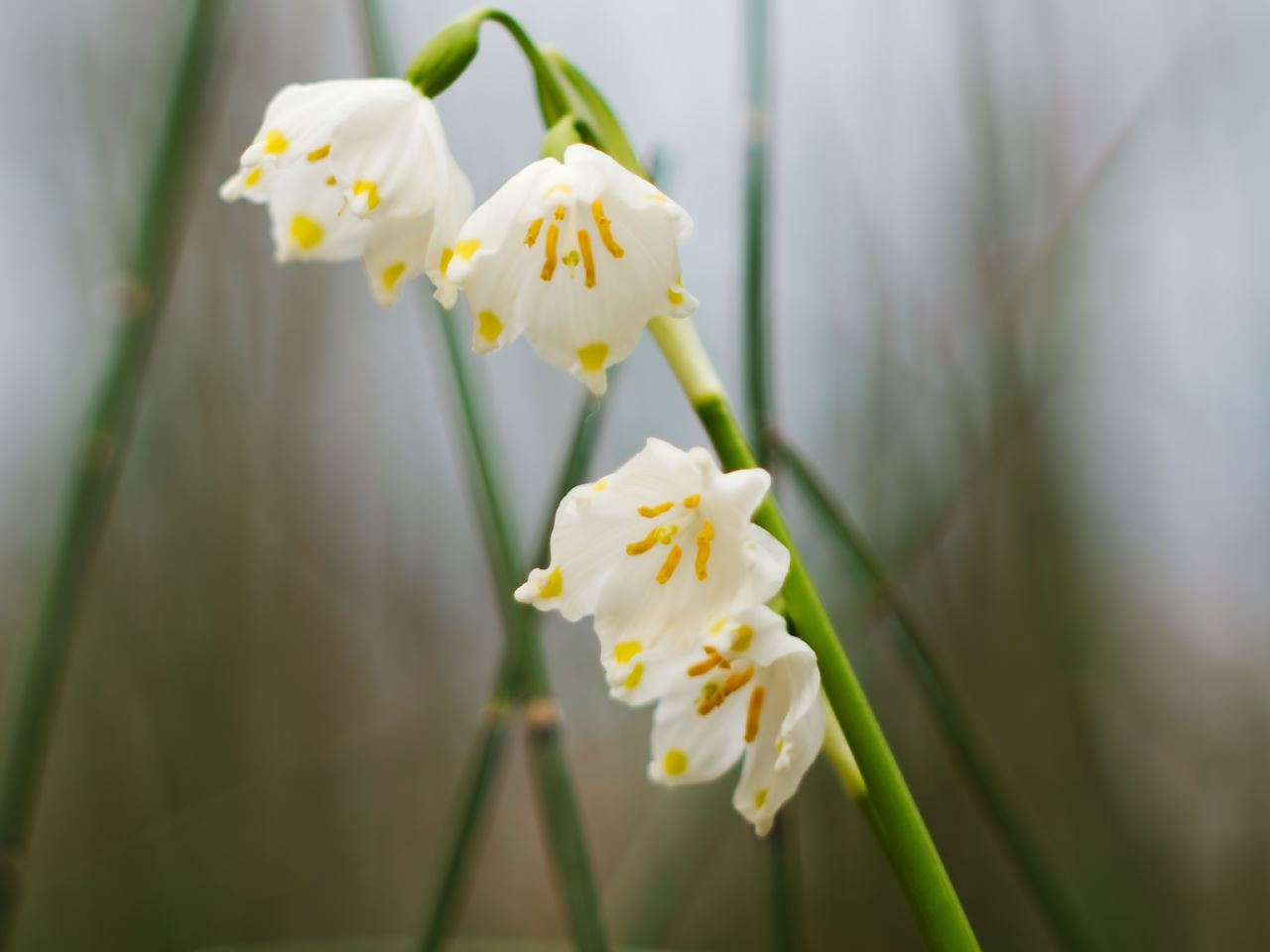 (C)Robert Deep
(C)Robert Deep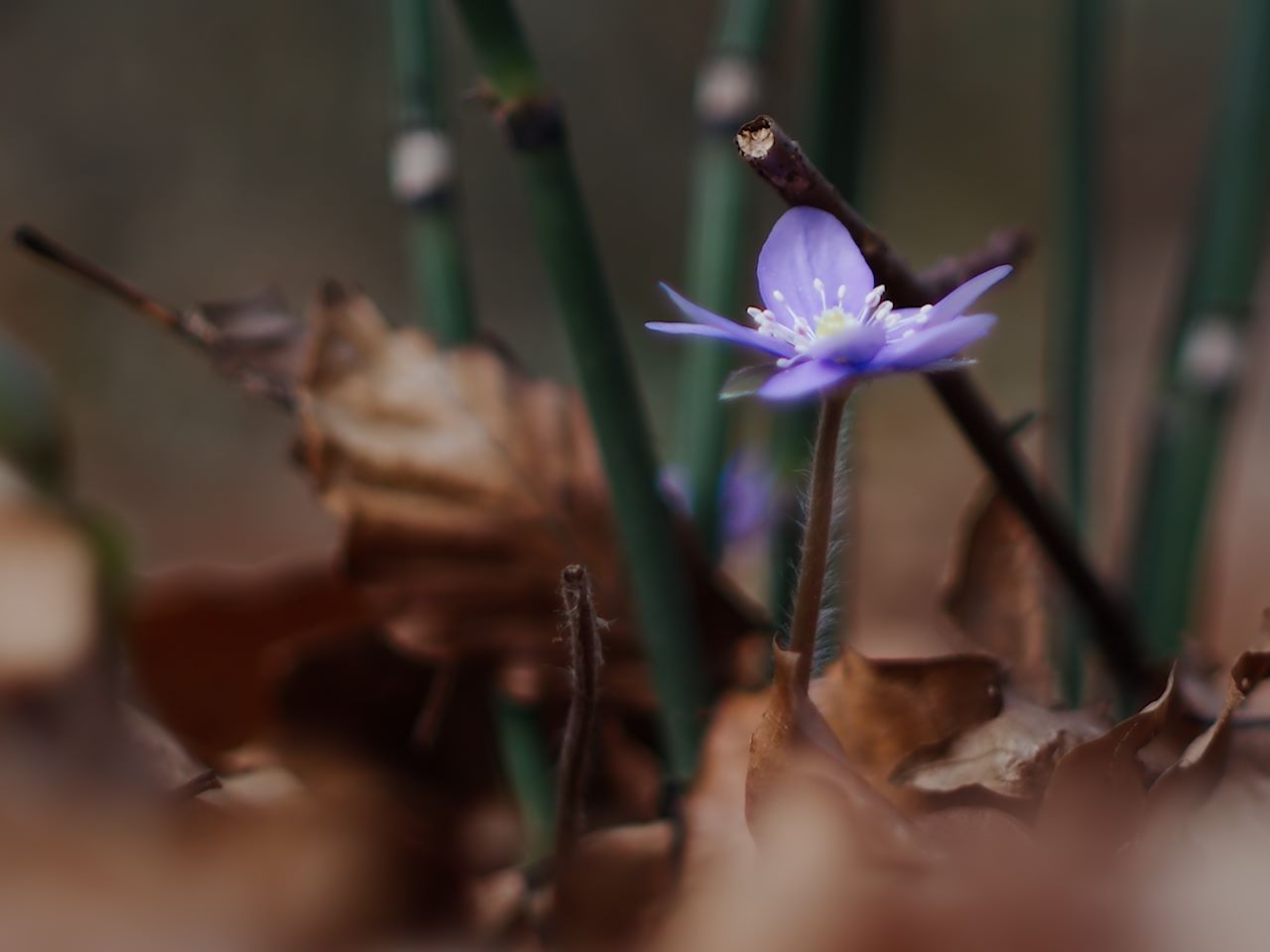 (C)Robert Deep
(C)Robert Deep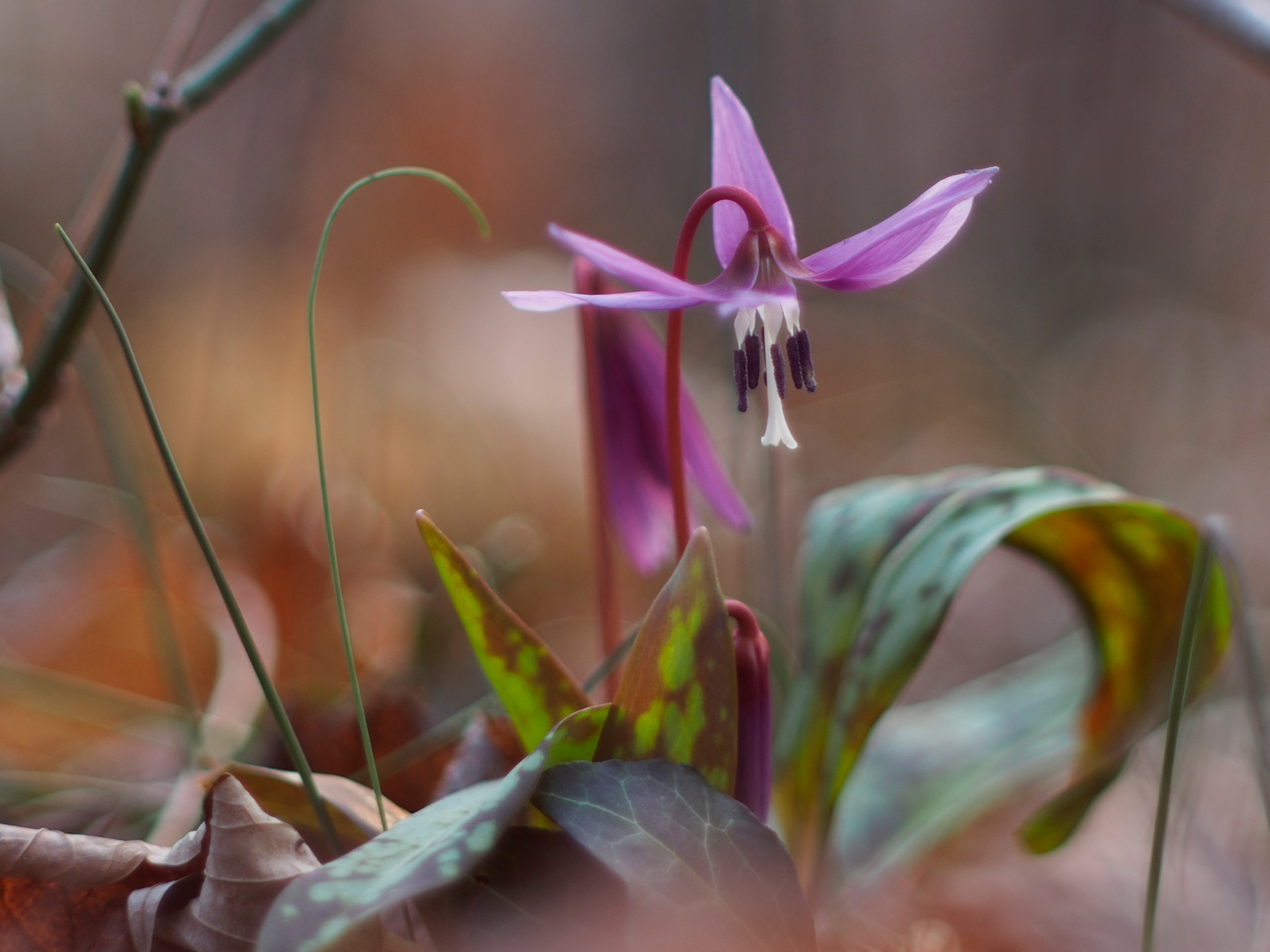 (C)Robert Deep
(C)Robert DeepColors are rich and well saturated when stopped down for a stop or two and softer when wide open. It's the same story with the contrast.
Bokeh is not perfect but is quite smooth and nice looking for an f1.8 lens. Circles of confusion are nicely rounded at f1.8 but if you stop down to f2.8 they get circular saw blade shape.
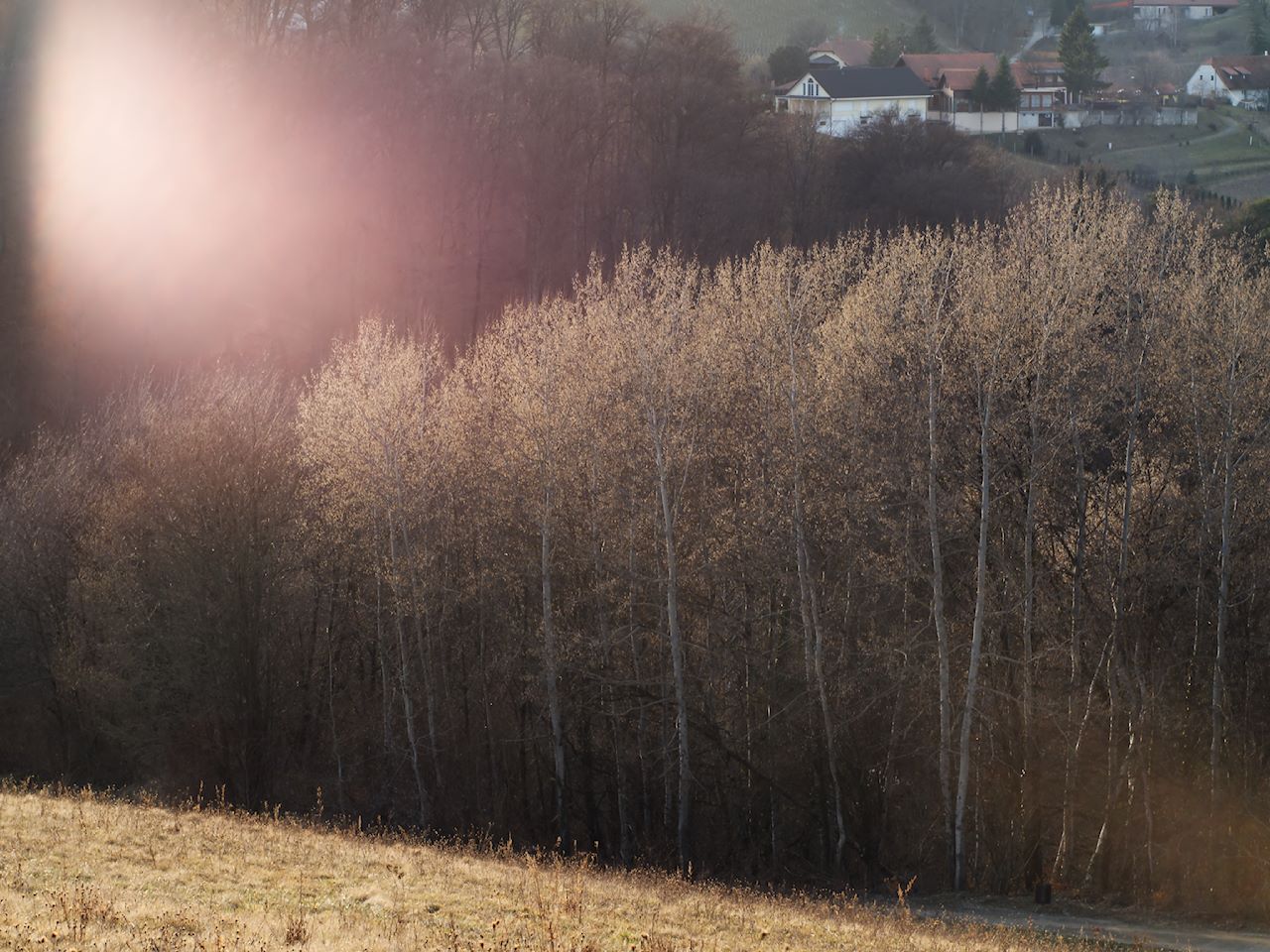 (C)Robert Deep
(C)Robert Deep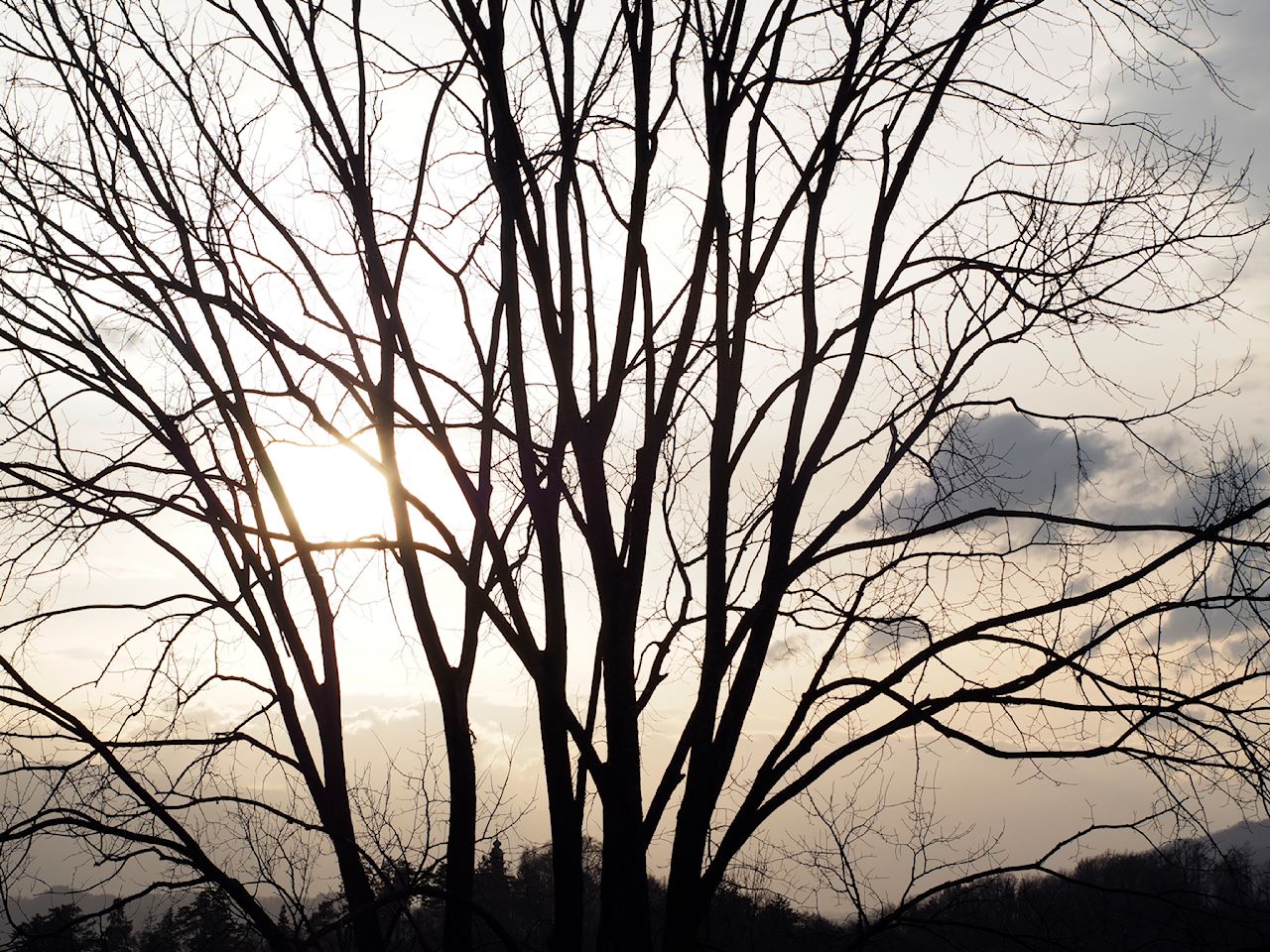 (C)Robert Deep
(C)Robert DeepCONCLUSION:
- good sharpness even wide open, really sharp when stopped down
- well saturated colors with good contrast
- no problem with the backlight
- CA is well controlled
- smooth bokeh for an f1.8 lens
- rare and hard to get
- heavy for 50mm f1.8
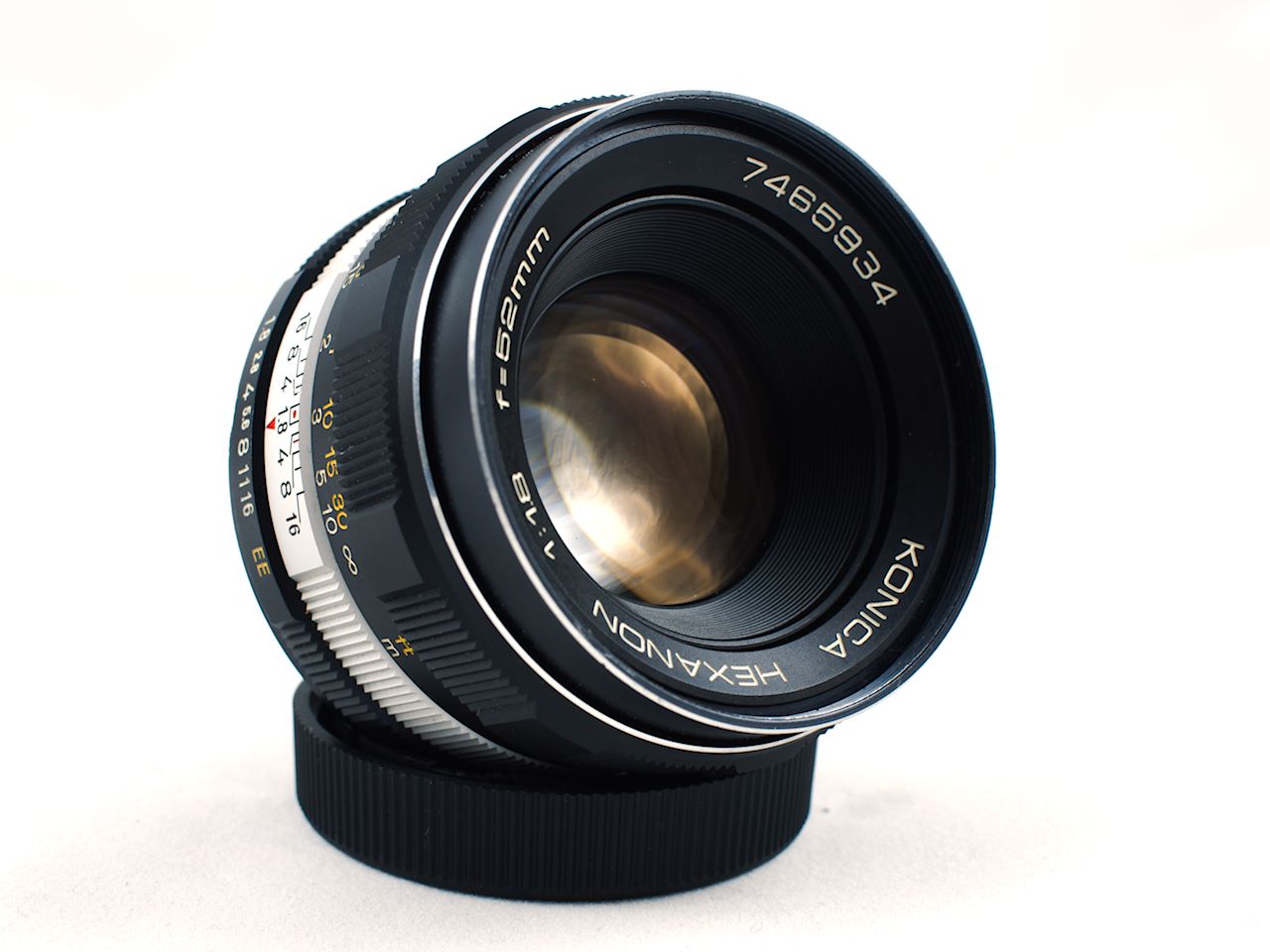 I bought this lens on Ebay for $40 USD without expecting too much from it. The lens arrived with an original Konica push-on metallic front cap and some generic rear cap. It's an early chrome ring AR mount version for Auto-Reflex system cameras. It's in pretty good condition considering its age. Sure, there are some minor mechanical glitches and some cosmetic ones, but that is to be expected for an old lens like this.
I bought this lens on Ebay for $40 USD without expecting too much from it. The lens arrived with an original Konica push-on metallic front cap and some generic rear cap. It's an early chrome ring AR mount version for Auto-Reflex system cameras. It's in pretty good condition considering its age. Sure, there are some minor mechanical glitches and some cosmetic ones, but that is to be expected for an old lens like this.